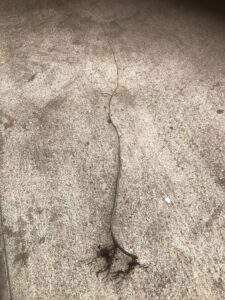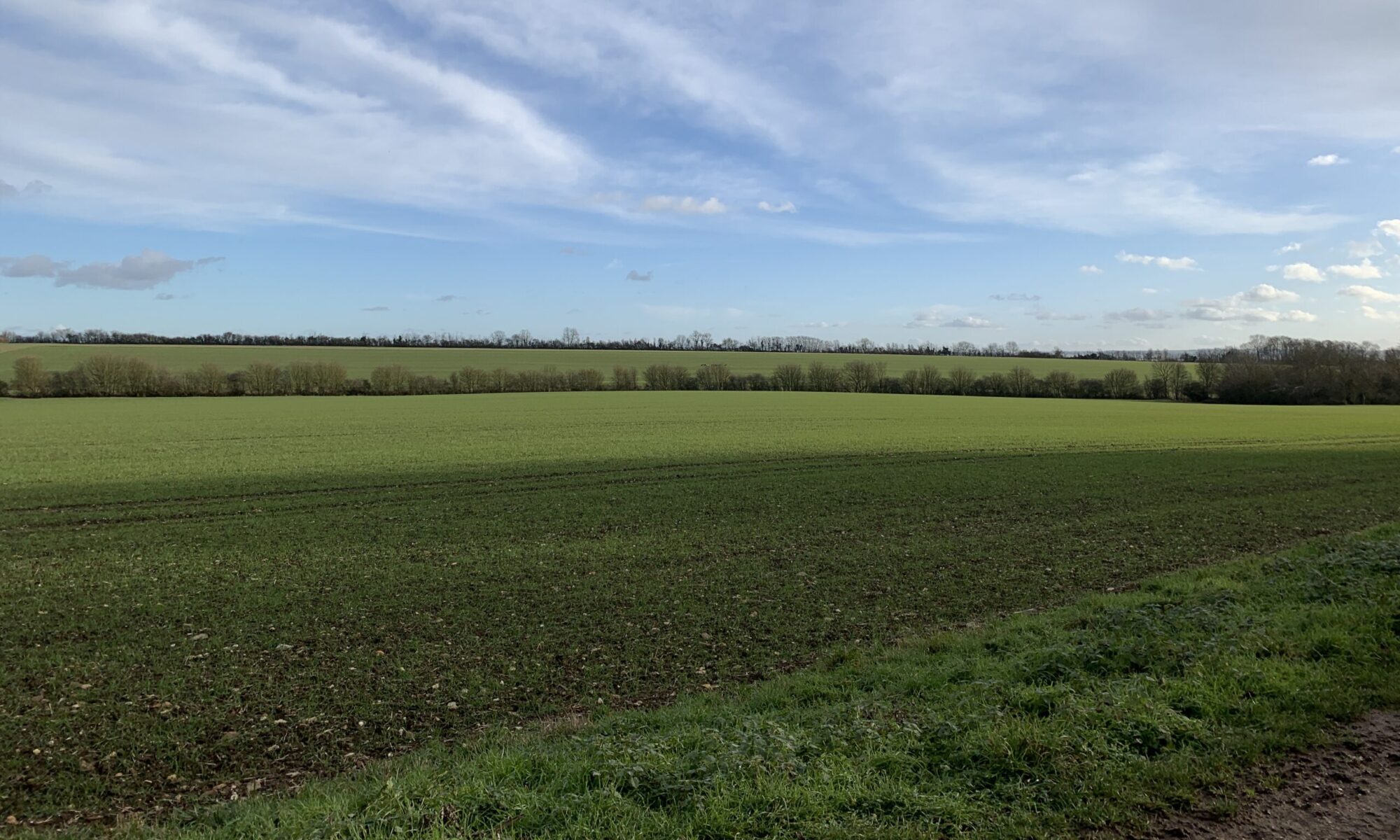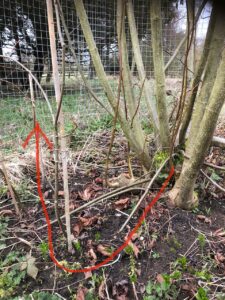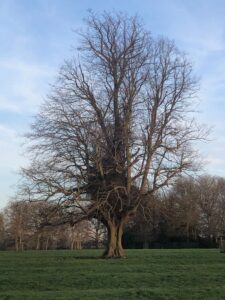The ‘mother’ tree produces young shoots, which are gently bent down in the winter. The bark is skinned close to a bud, powdered with rooting powder and pegged into a slot of sharp sand, with the rest of the shoot, which is still part of the mother- tree, staked upright.
See the red line on the first photo.
The hope is that through the next growing season the skinned bark will produce roots.
Early spring is the time to gently dig down around the ‘layered’ shoots to find out if it has worked.
When it does (often), you cut the shoot from the tree, and bingo, you have a clone of the mother tree, as per the second photo.

These majestic specimens are European, small leaf lime tree crosses, which look like this (third photo) when mature.
They are home to starlings in the winter and are alive with the buzz of bees in the summer which feed on the lime flowers. Even foxes have been seen living in the bushy, ‘epicormic’ growth which often grows in the middle of the tree. No wonder we are trying to grow more of these glorious trees !





